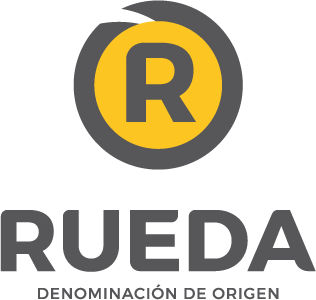D.O. Rueda
The Vineyard
DATA
D.O. Rueda surface área
Registered surface area of varieties in D.O. Rueda: 20.724 ha (2022 harvest)
Maximum Yields per hectare:
- Trellised white varieties:
- Verdejo: 10.000 kg/ha.
- Viura: 12.000 kg/ha.
- Sauvignon Blanc: 10.000 kg/ha.
- Chardonnay: 10.000 kg/ha.
- Viognier: 10.000 kg/ha.
- Goblet-pruned white varieties:
- Verdejo: 8.000 kg/ha.
- Viura: 10.000 kg/ha.
- Sauvignon Blanc: 8.000 kg/ha.
- Palomino Fino: 10.000 kg/ha.
- Chardonnay: 8.000 kg/ha.
- Viognier: 8.000 kg/ha.
- Red Varietals: 7.000 kg/ha.
Density of planting
- The vineyards destined to produce grapes for the DO Rueda, that have been planted from 2019 onwards, must have a minimum planting density of 1,100 vines per hectare.
Typical planting
- Goblet vine: spacing of 3×3 m
- Trellised: spacing of 3×1.5 m (although the vines tend to be spaced closer together)
PRUNNING AND AGE
Pruning methods
Depending on the variety and the training system, the most common pruning methods are:
- Short pruning: Viura, Palomino, Tempranillo, Garnacha, and Syrah
- Long pruning:
Average age of the vineyard
The introduction of the latest vine cultivation techniques, supported by EU subsidies for vineyard restructuring, has reduced the average age of the vines in DO Rueda in recent years. Only the Palomino Fino vines are very old, and due to the lack of aromatic expression in this variety’s grapes, it is not suitable for the DO Rueda wines of today. The Rueda Regulatory Board therefore no longer authorise new plantations of this variety, and these vines will most probably be pulled up and replaced with Verdejo.
THE HARVEST
Each year, the Rueda Regulatory Board sets the regulations that control the harvest across the region. The aim is to enhance the quality of the grapes brought in and encourage their rapid transport to the winery, preventing the crop from touching the metal parts of trailers and trucks, or from remaining in them for too long.
Grapes are harvested at optimum ripeness, a key factor in making wines of great quality. The modernisation of the DO Rueda and the introduction of the latest technology in the wineries has resulted in almost 95% of the white grapes being harvested mechanically.
The grapes are mechanically harvested at night to prevent oxidation of the must, which benefits from the high daytime temperatures and sunlight, plus allowing the optimised use of refrigeration in the wineries.
For manual harvesting, the grapes must be transported in stainless steel trailers, or well protected by canvases to prevent contact between the juice and the iron or metal parts of the trailer.
CLIMATE AND PHENOLOGY
Here you can access the monthly climate and phenology reports for the D.O. Rueda vineyard.





